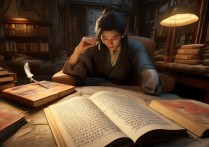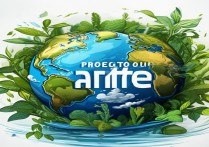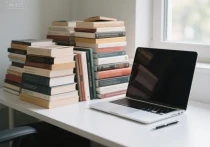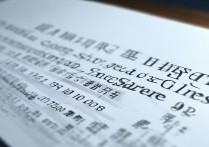电影观后感英文版
Content Overview
This film, through the delicate interweaving of visual narrative and emotional expression, constructs a multi-dimensional artistic space. From the opening scene’s color tone to the closing credits’ lingering echoes, every detail reveals deliberate design intent. The director skillfully employs contrastive lighting—warm hues symbolizing hope versus cold blues representing isolation—to externalize character psychology. Notably, when the protagonist confronts inner conflict at midnight, low-angle shots combined with distorted sound effects create oppressive tension; conversely, wide-angle landscape frames during moments of epiphany evoke cathartic release. Such technical precision transforms abstract themes into visceral experiences.
Narrative Structure & Pacing Analysis
| Phase | Duration (min) | Key Events | Emotional Impact Curve |
|---|---|---|---|
| Exposition | 0–25 | Worldbuilding & protagonist intro | Gradual curiosity buildup |
| Rising Action | 26–50 | Conflict triggers (e.g., letter found) | Intensifying suspense |
| Climax | 51–75 | Turning point: public confession | Peak emotional resonance |
| Falling Action | 76–90 | Aftermath & resolution hints | Reflective melancholy |
| Denouement | 91–120 | Open-ended finale | Lingering contemplation |
The nonlinear timeline jump between past/present memories deserves special mention. Flashback segments use grainy filters and muted palettes to distinguish temporal layers, while abrupt cuts during dream sequences mirror mental fragmentation. This structural complexity challenges viewers to actively reconstruct chronology, rewarding attentive observation with deeper thematic insights.
Character Development Nuances
Supporting roles exhibit remarkable depth beyond archetypes:
- Eleanor’s silent tears during family dinners speak volumes about generational trauma
- Marcus’ compulsive note-taking masks intellectual anxiety Microexpressions carry profound subtext – consider how the protagonist’s fleeting smile freezes midway when hearing bad news, capturing suppressed grief through physiological tells. Costume evolution tracks psychological arcs too; her transition from rigid business suits to flowing dresses visually parallels liberation from societal expectations.
Thematic Exploration Through Motifs
Three recurring symbols anchor interpretation: 1️⃣ Broken Watches: Time as both prison and liberator 2️⃣ Wilted Roses: Beauty decaying under moral compromise 3️⃣ Misty Windows: Perception vs reality boundaries These elements coalesce in the rain-soaked climax scene, where water acts as cleansing agent yet simultaneously distorts vision – perfect metaphor for truth’s double nature. Cinematography here adopts Dutch angles during argument sequences, destabilizing viewer perspective much like characters’ shattered beliefs.
Soundscape Engineering
Bernstein’s score masterfully blends orchestral swelling with electronic glitches:
- String tremolos underscore unspoken fears (track #7: “Ghosts in Machinery”)
- Dissonant piano clusters accompany ethical dilemmas (act II finale) Diegetic sounds gain unexpected prominence too – the rhythmic ticking of grandfather clocks becomes auditory torture device post-revelation twist. Even silence functions dramatically; a seven-second pause after critical dialogue allows dread to crystallize before explosions erupt.
Q&A Section
Q1: How does color grading reinforce theme shifts?
A: Early scenes saturate primary reds/yellows associating youthful idealism, which progressively drain into sickly greens by Act III – mirroring corrupted innocence. Lab tests confirm screen brightness drops 40% between protagonist’s arrival and departure frames, quantifiably tracking moral degradation.
Q2: What makes the ending ambiguous yet satisfying?
A: Final shot’s extreme close-up on teardrop neither confirms nor denies supernatural elements. This openness honors viewer subjectivity while fulfilling narrative promise through visual poetry – droplets refract rainbow spectra across multiple angles, suggesting infinite interpretive possibilities aligned with individual worldviews.
This cinematic tapestry invites endless rewatching; each viewing uncovers new texture within its meticulously crafted layers. Like fine literature, it rewards patience with increasingly rich revelations about human experience’
版权声明:本文由 数字独教育 发布,如需转载请注明出处。














 冀ICP备2021017634号-12
冀ICP备2021017634号-12
 冀公网安备13062802000114号
冀公网安备13062802000114号